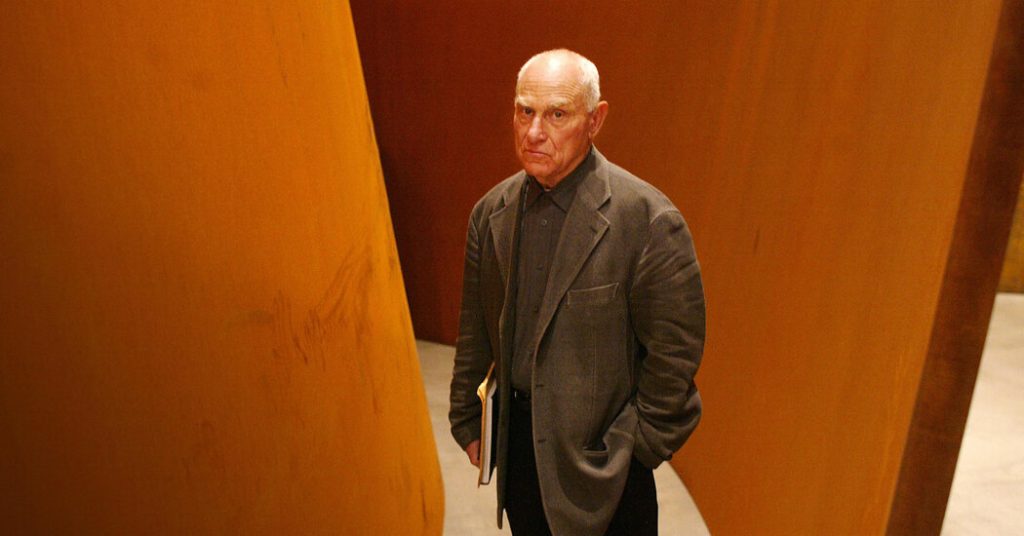Richard Serra’s artistic journey began at a young age, fueled by his mother’s encouragement and his desire for attention in comparison to his accomplished older brother, Tony. Drawing incessantly as a child, his talent was recognized by a teacher who urged his mother to take him to museums and introduced him as an artist. Despite a rocky relationship with his brother, Richard eventually supported Tony’s children financially and continued to pursue his passion for art and creativity.
After studying at the University of California, Berkeley and transferring to the competitive University of California, Santa Barbara, Richard Serra majored in English literature but found his true calling in art, thanks to the influence of his mentor, Howard Warshaw. Encouraged to apply to art school, he received a scholarship to Yale where he studied alongside notable artists like Chuck Close, Brice Marden, and Nancy Graves. Inspired by teachers such as Philip Guston and Morton Feldman, Serra honed his craft and began creating large paintings influenced by artists like Pollock and de Koonings.
A Yale travel fellowship and a Fulbright grant allowed Richard Serra to spend two years in Europe with his wife, Nancy Graves, exploring his artistic vision and experimenting with different mediums. In Florence, Italy, Serra created assemblages involving stuffed and living animals in cages, showcasing his unique and thought-provoking artistic style. His first solo show, “Live Animal Habitats,” in Rome in 1966 marked the beginning of his successful career as a groundbreaking artist.
Philip Glass, a renowned composer, became a close friend of Richard Serra and Nancy Graves during their time in Paris in 1964. Serra’s artistic evolution continued as he delved deeper into his passion for sculpture and began to explore new ways of expressing his ideas and concepts. The influence of artists like Velazquez in Madrid sparked a creative epiphany, leading Serra to push the boundaries of traditional art forms and challenge viewers’ perceptions.
Richard Serra’s artistic legacy is one of innovation and boundary-pushing, defined by his unique sculptures and installations that challenge viewers both physically and intellectually. Known for his large-scale, site-specific works, Serra has made a lasting impact on the contemporary art world with his bold and experimental approach. From his early days as a young boy drawing to his evolution into a renowned artist, Serra’s dedication to his craft and his commitment to pushing artistic boundaries continue to inspire and captivate audiences around the world.
Despite initial struggles and challenges, Richard Serra’s artistic journey has been characterized by resilience, perseverance, and an unwavering commitment to his vision. From his humble beginnings as the son of a Russian Jewish immigrant to his rise as a pioneering artist, Serra’s story is a testament to the power of passion, dedication, and artistic expression. Through his transformative work and groundbreaking sculptures, Serra has solidified his place as one of the most influential and innovative artists of his generation, leaving a lasting legacy that will continue to inspire future generations of artists and art enthusiasts.


